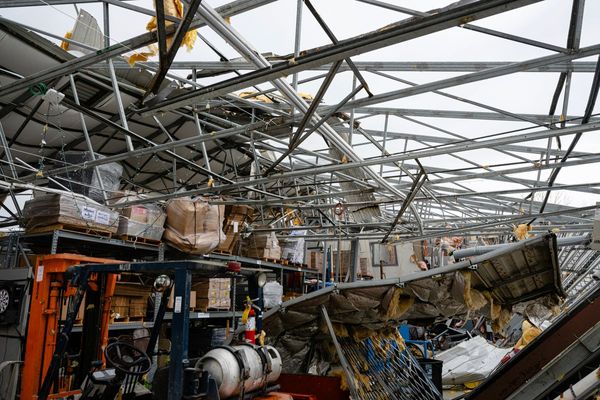
There were two tragic deaths last weekend that were connected with this year’s Notting Hill carnival. One victim was a 32-year-old woman, Cher Maximen. She was at carnival with family and friends, including her three-year-old daughter, on 25 August and was stabbed on Golborne Road, squarely within the carnival route. It seems that she had sought to intervene in a fight.
Another victim was Mussie Imnetu, 41, a successful chef visiting London from Dubai. He was found unconscious with a head injury outside a restaurant on Queensway on bank holiday Monday. This was after carnival had officially ended and away from the route.
Overall there have been eight deaths connected with Notting Hill carnival since 1987. Each has been a terrible tragedy. Quite correctly, all of these deaths have led to consideration of how carnival could be better managed and made safer. But they have also triggered calls from rightwing commentators for it to be closed down.
This year has been no different. The descriptions of carnival by these commentators are enough to chill the blood. One talked of “guns, drugs, gang violence, vandalism, sexual assaults, half-naked people rutting in the street and stairwells”. If you had never been to carnival and read this stuff, you might well think it should be closed down.
But I was there this year, as in many previous years, and I saw nothing of the kind. Over the three days I attended this year’s event, my experience was of a fun, joyful carnival that brought together people of all ages and all communities. It is not often noted that there is no other cultural event in Britain that is so inclusive, and that includes other music festivals.
Carnival also provides a once-a-year opportunity to experience many exciting cultural events such as the best of steel band music. Every year the costumes of people taking part in the masquerade bands are more glittering and more extraordinary. This probably should not be a surprise because the men and women (all volunteers) who take part in the masquerade work on their costumes all year long. Furthermore, in an era when people are increasingly body conscious, masqueraders are happy to spill out of their skimpy costumes (adorned with feathers and sequins) in a way that they would not dream of doing in any other place or on any other day of the year.
This is in addition to the fact that many commentators misrepresent what happens at carnival. It is also worth remembering that arrest rates at Notting Hill carnival have been very similar to those at music festivals such as Glastonbury when the huge size of the carnival crowds is taken into account.
But carnival is not just a great day out. It also has a history and societal significance. It began in the late 1950s in response to the increase in violent attacks on black people. This violence was exploited and inflamed by racist politicians such as Oswald Mosley and far-right groups such as the White Defence League, which urged white residents to “Keep Britain White”. It culminated in the anti-black Notting Hill race riots of 1958. So, carnival was originally about displaying the best of West Indian culture and promoting community unity.
The location of Notting Hill carnival on the streets of Ladbroke Grove also has significance. This area was one of the main hubs of the first West Indian migrants to Britain, the generation called Windrush. The population of the area then was largely white working-class, West Indian and Irish, and the houses were shabby. My father bought his first house in Paddington, on a street adjoining Ladbroke Grove itself. It was a house in multiple occupation with cookers on the landing. My family lived there with other West Indians and an Irish family in the basement.
Ladbroke Grove is now infinitely grander; a single family lives in each house and properties like my father’s are worth millions of pounds. Yet while the area’s streets may be very posh now, they have a gravitational pull for the descendants of the Windrush generation. Nowadays, every type of community is involved in carnival. But that it originated with Britain’s Caribbean community is reflected in the fact that the main aspects of the event, such as the steel bands and masquerade troupes, are still led by people of Caribbean origin.
The deaths this year were appalling. But to describe carnival as some commentators do as “basically a porn set with knives” is ridiculous, if not a little racist. Just as carnival was set up decades ago as a response to racial violence, for anyone to argue that it be closed down, in this of all years, after a nationwide wave of racial violence, would be very wrong. On just one weekend in the year the streets of Ladbroke Grove belong to the people. Long may that continue.
Diane Abbott is the Labour MP for Hackney North and Stoke Newington
Do you have an opinion on the issues raised in this article? If you would like to submit a response of up to 300 words by email to be considered for publication in our letters section, please click here.







